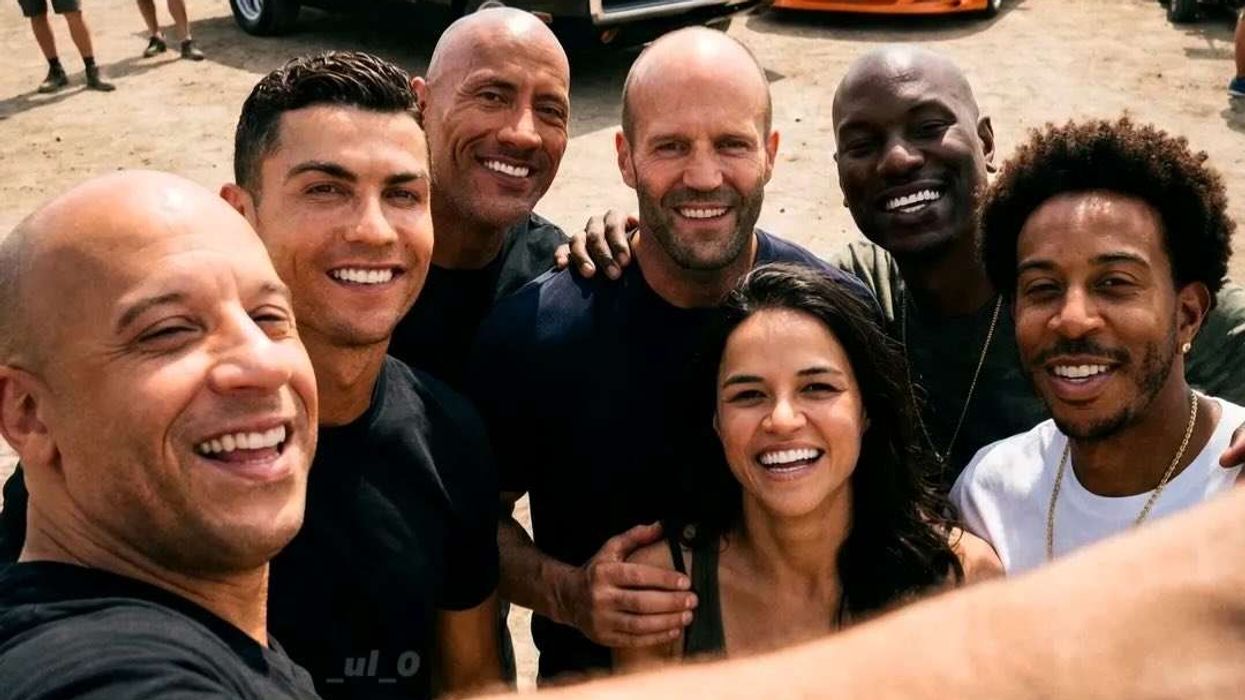MANOJ MALDE, whose design for Eastern Eye’s “Garden of Unity” at Chelsea in 2023 was a triumph, has another entry this year at the world’s premier flower show.
Two years ago, there was such a buzz around Eastern Eye’s spectacular garden that it became a “must see” even for King Charles and Queen Camilla.
The garden also received a visit from representatives of a pharmaceutical company called ViiV Healthcare, who “specialise in the research and development of medicines to treat and prevent HIV/AIDS”.
Viiv has now sponsored Malde, the Royal Horticultural Society’s ambassador for inclusivity and diversity, to design a “Tackle HIV Stigma Garden” for the 2025 Chelsea Flower Show.
Malde explains: “I want to send a message to visitors how important it is to get tested for HIV, because what ViiV are finding through research is that people are still not getting tested. They’re scared of knowing that they might be HIV positive, or they simply don’t think that they will catch the virus because of their lifestyle. And the strangest thing is that HIV is more prevalent in the straight female population than it is through the LGBT community.”
He added: “A lot of people associate HIV with the gay community. That may have been true in the 1960s and 1970s, but now it certainly isn’t the case. The most important thing about the garden this year is that we want people to realise HIV stigma still exists. We shouldn’t be treating people who are HIV positive as outcasts from the community. We should be much more caring and empathetic. These people can be absolute, full members of society. They shouldn’t be treated like lepers at all. They can live perfectly normal lives.”
Malde knows from personal experience that tests can easily be done from home. “I have done it, and I’m part of the LGBT community.”
In designing his garden, Malde has been collaborating with Gareth Thomas, the Welsh rugby player who is an ambassador for the Tackle HIV Stigma campaign.
Compared with the expansive Eastern Eye garden, which occupied a prominent location in Main Avenue at the Chelsea Flower Show, the one this year will be 12 metres by 10 metres. It will be located in Royal Hospital Way among the “sanctuary gardens”. But Malde is working to make it a garden to remember.
This will represent a Chelsea hattrick for Malde. He made his debut at Chelsea in 2017 with “Beneath a Mexican Sky”, a garden inspired by the Mexican architect Luis Barragan that had walls painted in vivid desert colours.
Malde was previously a fashion designer who became a landscape designer as he wanted to bring a touch of much needed diversity into the world of gardening. His love of bright colours is a throwback to his childhood in Mombasa in Kenya, where he was born into the Gujarati Oshwal community. He came to London as a four-year old in 1973.
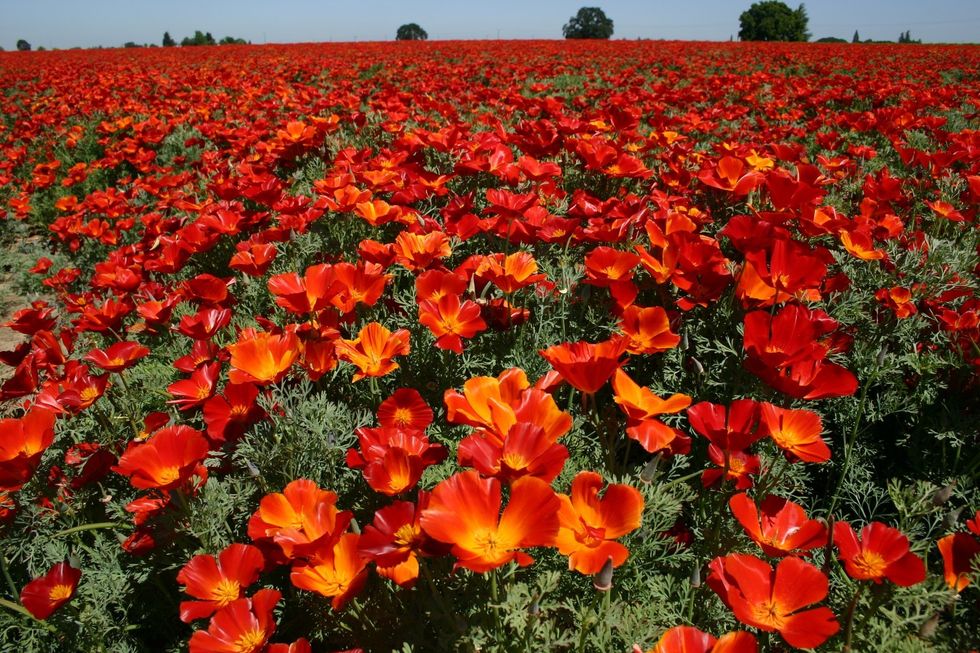
He said his garden this year “was basically inspired by the molecular structure of HIV medication which has all these hexagons”.
“Because of the hexagon shape, all the planting borders are very organic in shape. I’ve done two seating areas that are in hexagon shapes. Then I went on to design the pergola, again using hexagons. I’ve done a water feature, a wall that is made up of hexagon shapes, where the water comes down along the wall and into a pool of water. That water wall is also designed with small hexagons,” he told Eastern Eye.
He added: “I’ve also designed a bespoke bench, again from half hexagon shapes. I said to the carpenter I want him to make it without any screws or nails. I want him to use traditional carpentry skills to create all the lovely, skillful carpentry joins.”
Of the 59 species of trees, shrubs and flowers carefully selected for his garden, he picked out a few for special mention.
“I’ve got Zelkova serrata, which are my trees. I’ve chosen those particularly because with our changing climate – everyone is saying our summers are going to get hotter and hotter as time goes by – they are going to survive.
“When we look at any plants we’re beginning to put into our gardens, we’re looking at those that are going to survive and have longevity. I’ve also used Aralia elata, a thorny shrub or tree.”
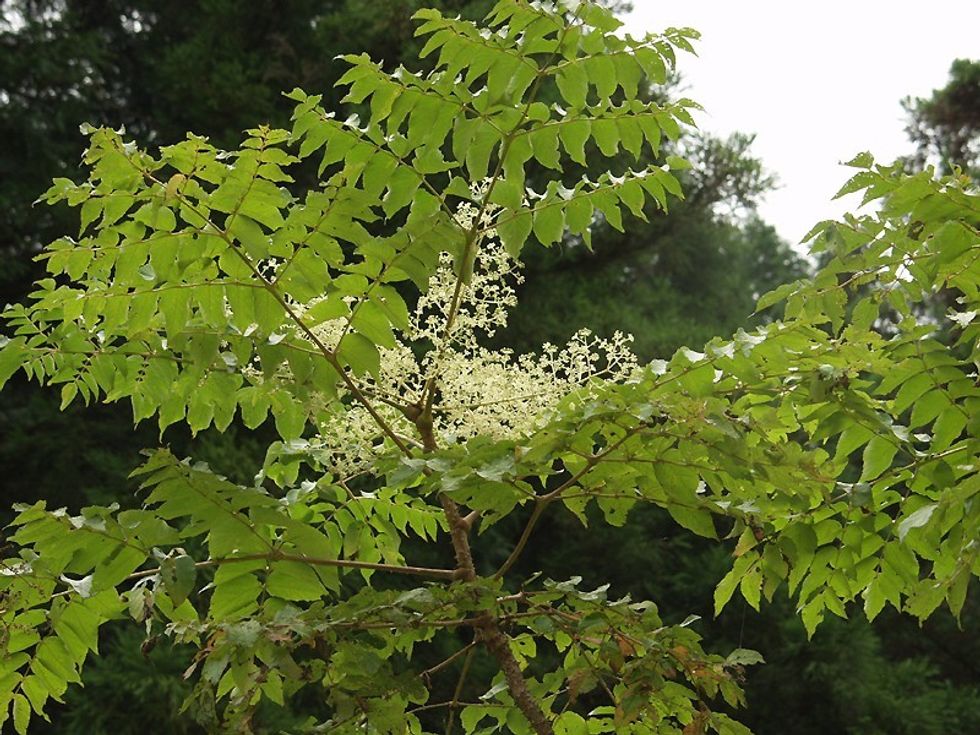
He also saw red: “I’ve included an Eschscholzia Californica Red Chief. Red is one of those colours synonymous with supporting HIV. On World AIDS Day, people wear the crossed over little red ribbons on their lapel. We decided it would be really important to have the colour red in the garden, using Eschscholzia Californica Red Chief for that particular reason.
“The other thing that we are doing is using red ribbons around the perimeter of the pergola, so they’re going to be draping down.”
Malde runs through some of his other choices for the benefit of Eastern Eye gardening enthusiasts who have become RHS members in the past couple of years and try and get tickets for the Chelsea Flower Show, overbooked and expensive though that can be.
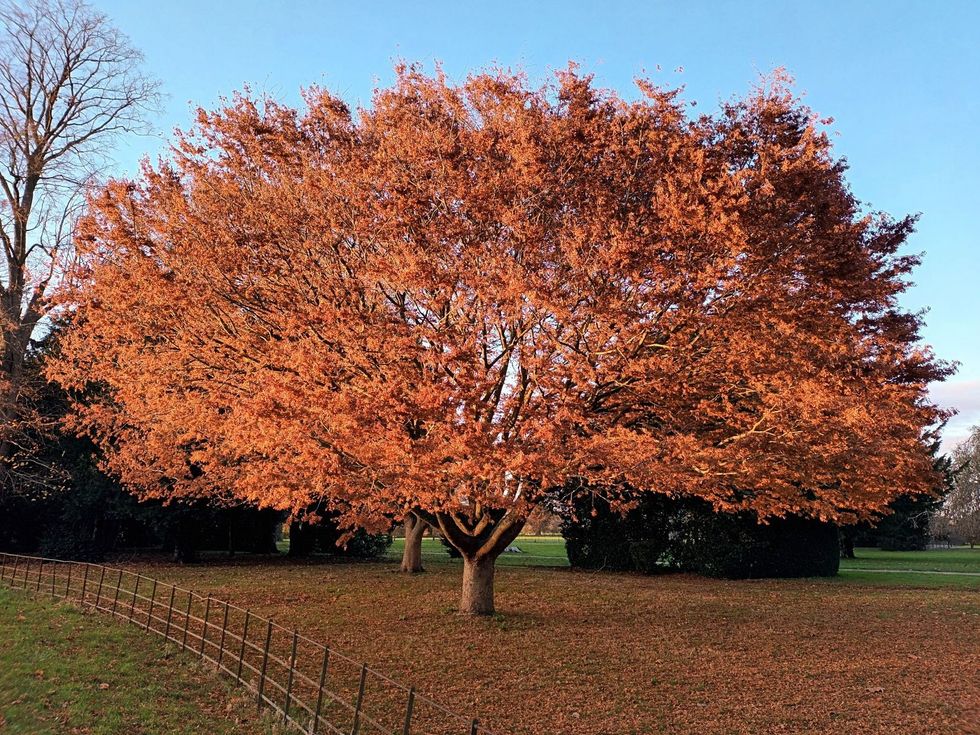
He has Pinus densiflora, “a beautiful shrub”; Deschampsia caespitosa, “a lovely grass”; Dryopteris filix mas, “a really hardy fern”; Lupinus Masterpiece, “an absolutely beautiful Lupin”; two types of origenum Oregano – Origanum vulgare (compactum) and Origanum vulgare Aureum; and Nasella tennuisima Pony Tails, “which add a lovely, sort of frothy, slightly wild vibe to the garden”.
He said: “We’ve also got peonies – Paeonia Coral Sunset.”
And he is excited about including Pastinacea sativum “which are parsnips”.
He recalls: “These are plants I had in the Eastern Eye garden in 2023. It was so strange that loads and loads of people asked me about that. Having done that once, I’ve decided to use them again in this garden, because they’ve got such beautiful structural forms. I thought it’ll be worth using those again because they were so popular in the garden in 2023.”

Malde commended the RHS for wanting to change its white, elitist image, but said that will take time and that the organisation should continue patiently with policies aimed at broadening its appeal, “otherwise, it will be a step backwards”.
He was invited to become an RHS ambassador because “I’ve always been quite forward in representing those from ethnic backgrounds within the horticultural industry. It’s an ongoing process with the RHS, and they should certainly continue to work on it.”
He added: “As their ambassador, it is also my remit to constantly be questioning them about things they’re doing, but question them in a supportive way that makes them think. And if there are any ideas that I come up with, then, of course, I discuss those with them.”


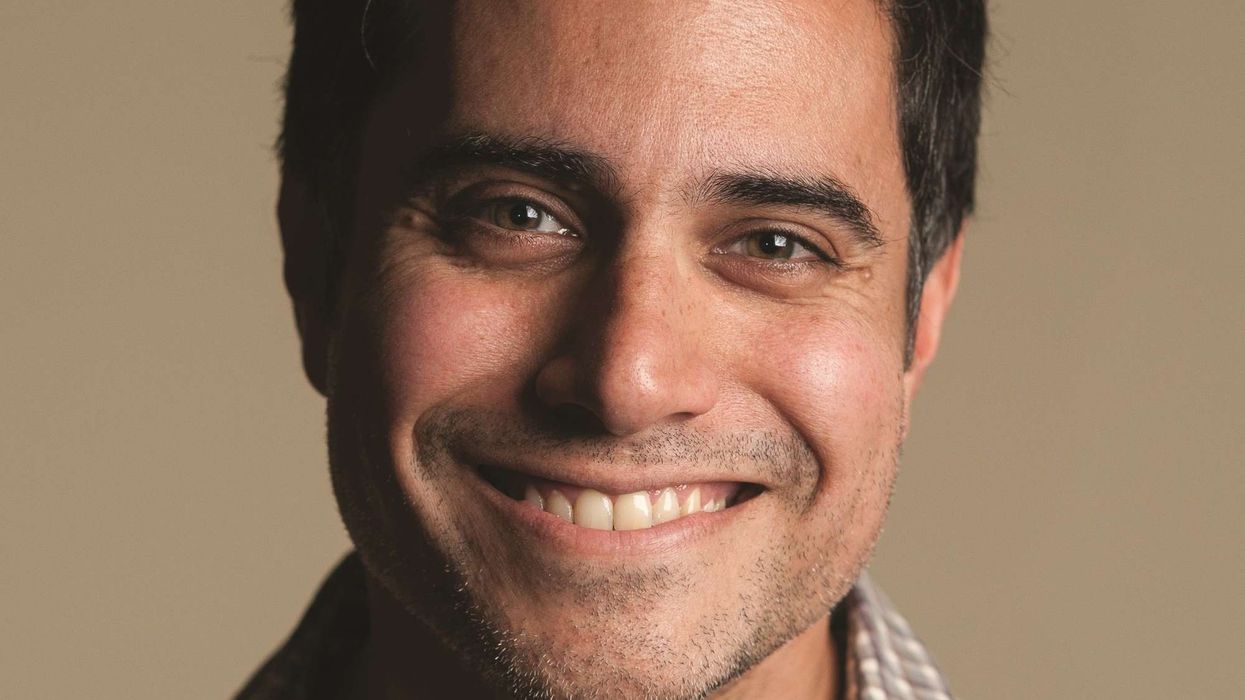
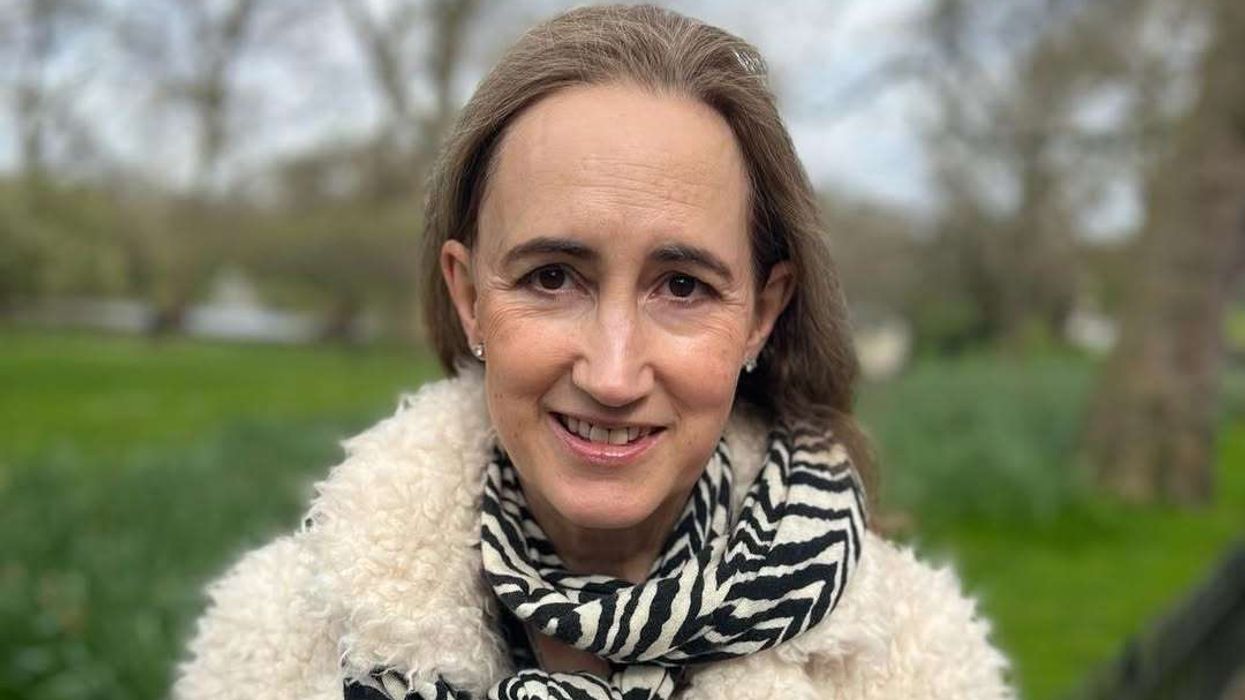
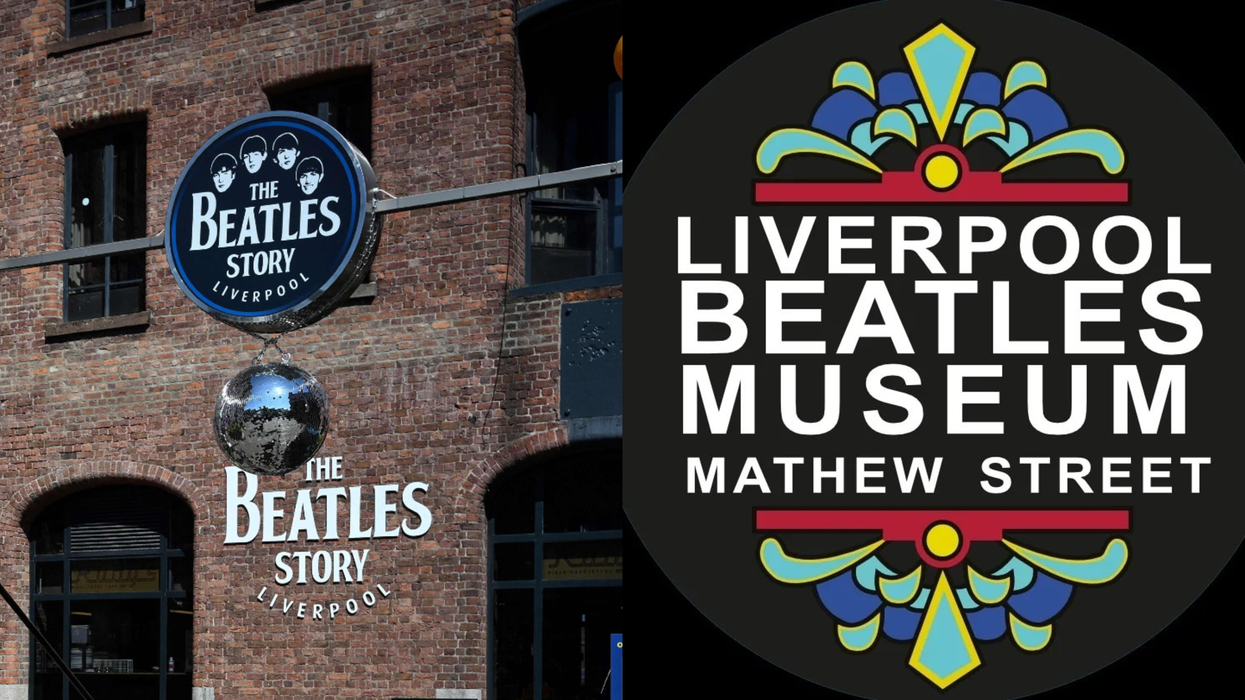
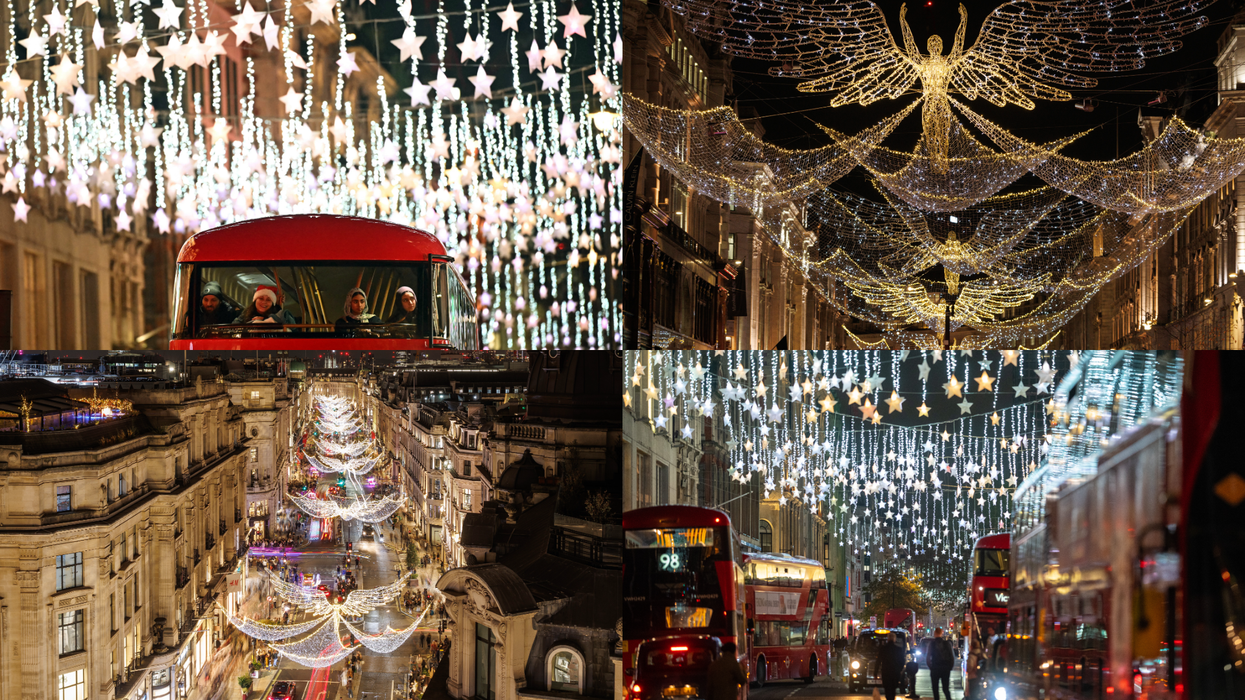
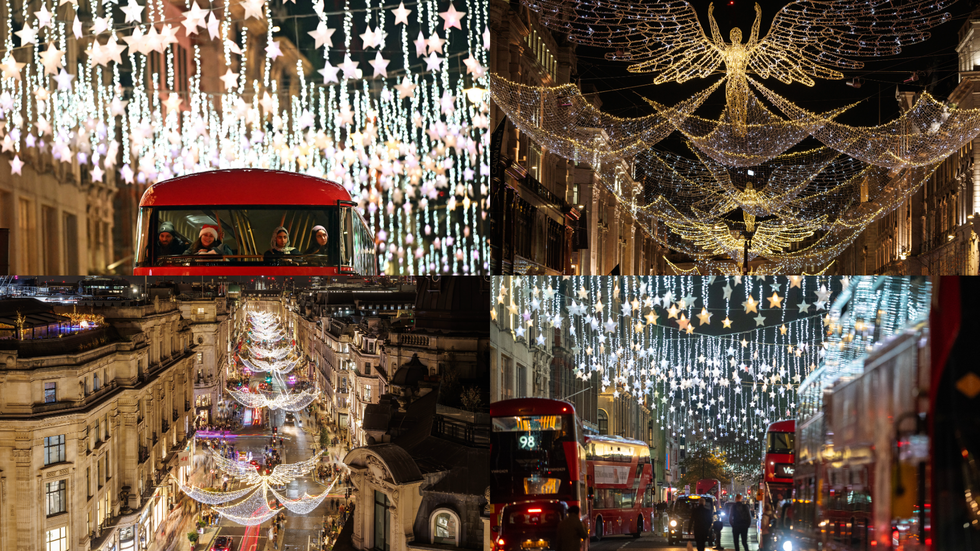 The Christmas light walks in central London that still feel festive Getty Images
The Christmas light walks in central London that still feel festive Getty Images 

